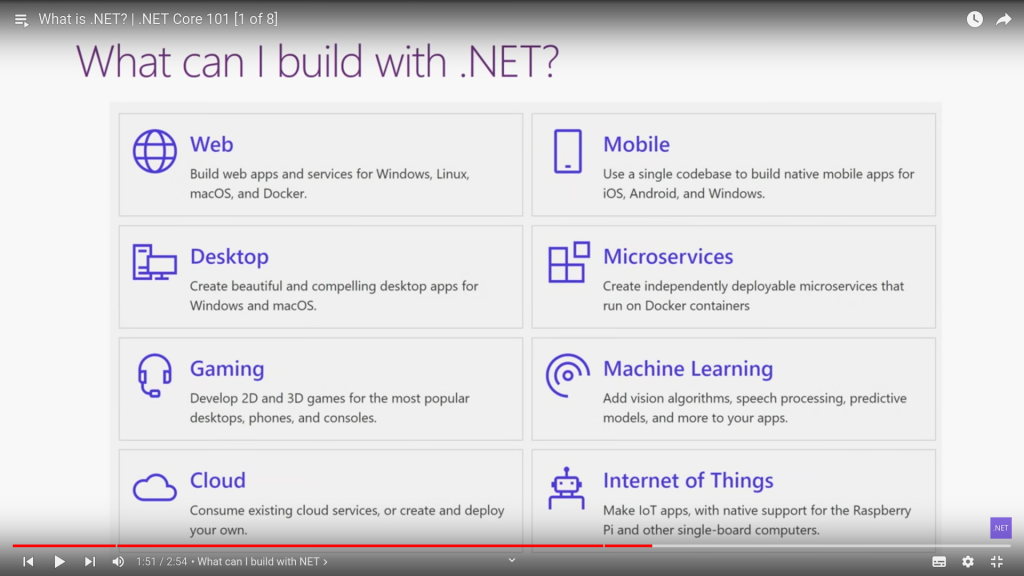Updated: 09 May 2025
sln
Add the PrimeService.Tests project to the current solution file
dotnet sln add ./PrimeService.Tests/PrimeService.Tests.csproj
add
Add a reference to lib.csproj inside app.csproj
dotnet add app/app.csproj reference lib/lib.csproj
Add or updates a package reference in a project file
dotnet add package docopt.net
new
Creates a new project, configuration file, or solution, based on the specified template. Templates which come pre-installed with the .NET SDK
Initiate a project for creating a command-line application
dotnet new console --name our_project
Initiate a project for creating a command-line application and generate an explicit Program class and Main method instead of top-level statements.
dotnet new console --name file-encrypt --use-program-main
Display a list of all installed templates
dotnet new list
Create a Class Library project
dotnet new classlib --name MyClassLib
run
Build and test the Release version of a console application
dotnet run --configuration Release
test
Run the tests in the project in the current directory
dotnet test
Runs tests whose fully qualified name contains theMethod
dotnet test --filter theMethod
clean
Clean up the output of the previous build. Both intermediate (obj) and final output (bin) folders are cleaned.
dotnet clean
restore
Restores the dependencies and tools for a project i.e. external libraries in NuGet packages. All dependencies become available in a local cache and can be used by the .NET CLI to build and run the application.
dotnet restore
dotnet
List installed Software Developer Kits
dotnet --list-sdks
List installed runtimes
dotnet --list-runtimes
build
Build a project and its dependencies using Release configuration
dotnet build --configuration Release
Build the project and its dependencies into a set of binaries.
The binaries include the project’s code in Intermediate Language (IL) files with a .dll extension.
dotnet build
publish
Publishes the application and its dependencies to a folder for deployment to a hosting system.
dotnet publish
Publish the app in Release configuration
dotnet publish --configuration Release
Attempt to target Linux
dotnet publish --runtime linux-x64 -p:PublishSingleFile=true --self-contained false
format
Formats code to match .editorconfig settings.
Verifies that no formatting changes would be performed. Terminates with a non zero exit code if any files would have been formatted
dotnet format --verify-no-changes
Only check the test directory
dotnet format --include=test/
workload
One or more optional workloads can be installed on top of the .NET SDK, to provide support for various application types, such as .NET MAUI and Blazor
dotnet workload install maui
